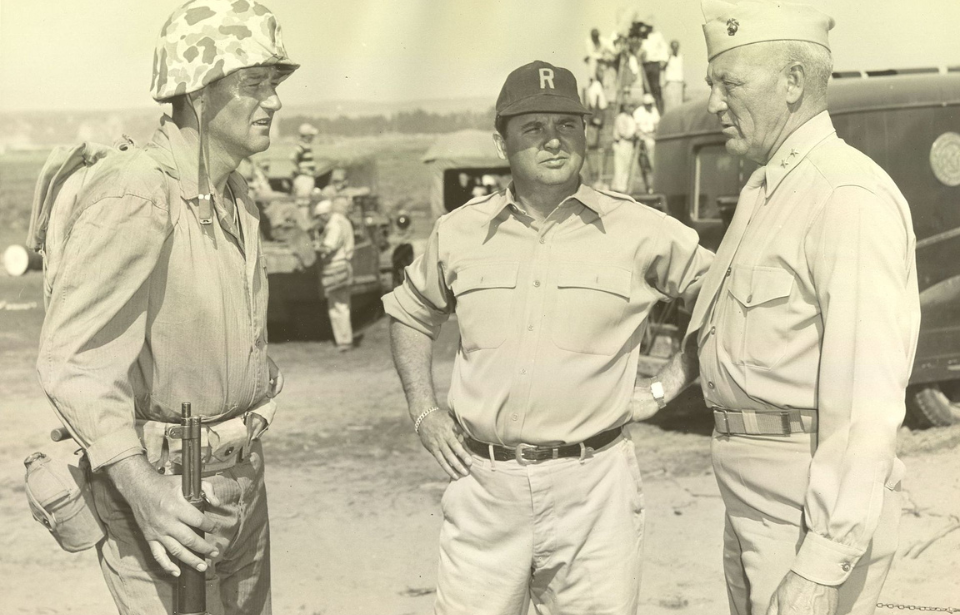When John Wayne and Republic Pictures needed a technical adviser for the 1949 film Sands of Iwo Jima, they reached out to Graves Erskine. It was a smart move, as few servicemen had a more impressive background than the US Marine.
Erskine had fought in World War I, and during the Second World War served as a commander during the Battle of Iwo Jima. However, his most noble task was set upon him in 1921, when he was chosen to bring the body of the Unknown Soldier home from Le Havre, France.
Graves Erskine’s upbringing and early life
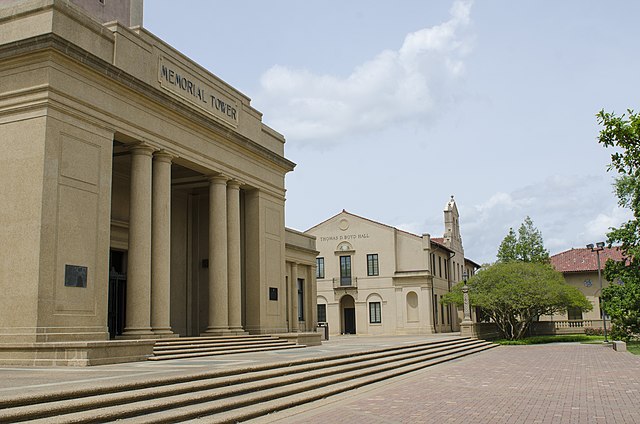
Graves Erskine was born in Columbia, Louisiana in 1897. He was exceptionally bright, graduating as the valedictorian of his high school class at only 15 years old. He later attended Louisiana State University, before joining the Louisiana National Guard.
Due to his enlistment with the National Guard, Erskine was called to serve along the Mexican border in 1916. He later returned to school following this service, graduating in 1917. Prior to his graduation, Erskine enrolled in the US Marine Corps Reserve, and that same year was commissioned as a second lieutenant.
Graves Erskine’s service during World War I
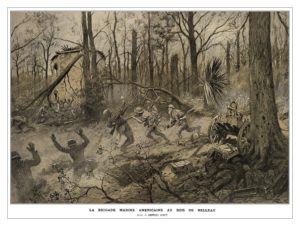
In January 1918, Graves Erskine was sent to France as a platoon leader with the 6th Marine Regiment. While there was less than a year remaining in the First World War, the US Marine took part in a number of critical and high-profile battles, including the famed Battle of Belleau Wood. Occurring from June 1-26, 1918 during the German spring offensive, the battle is considered a defining moment in US Marine Corps history, cementing the service’s status as a battle-ready force.
Erskine also participated in the Battle of Château-Thierry, where he was wounded. He was also injured while fighting in the Saint-Mihiel Offensive in September 1918, in which Gen. John Pershing hoped to break through the German line and take Metz. Following this, he was sent back to the United States, where he underwent nine surgeries and spent more than a year in the hospital.
Transporting the Unknown Soldier
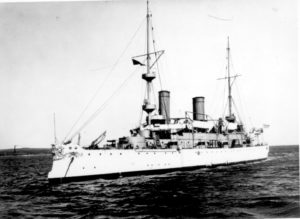
In 1921, Graves Erskine was a captain onboard the USS Olympia (C-6), along with a number of other Marines. They were tasked with returning the body of an unidentified soldier – the Unknown Soldier – back to the US.
The coffin was lashed to Olympia‘s deck and Erskine had his men watch over it for four hours at a time. On the journey back, the ship encountered the Tampa Bay hurricane, one of the most intense storms in US history. Despite the turbulent seas, the men onboard Olympia did their duty by watching over the Unknown Soldier the entire trip.
Upon Olympia‘s arrival in Washington, DC, a team of Marines carried the coffin off the ship, while others saluted.
Graves Erskine’s service during World War II
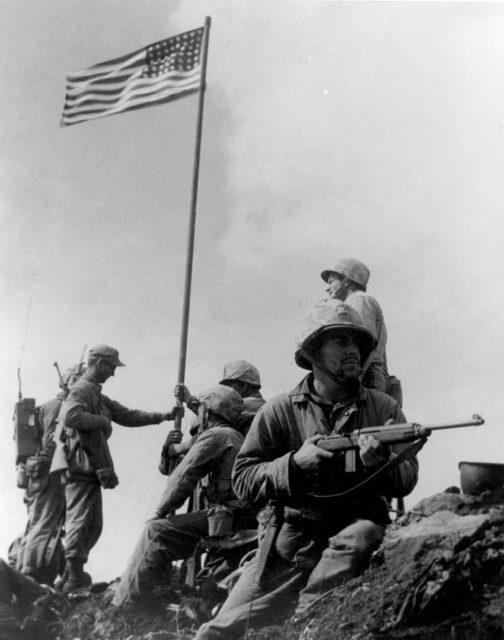
In 1928, Graves Erskine was sent to Nicaragua with the 2nd Marine Brigade. He later served as a bodyguard for Nicaraguan President José María Moncada Tapia, the result of his work with the Nicaragua National Guard Detachment, and led a battalion in operations against bandits in northern parts of the country.
During the interwar period, Erskine rose in rank. He began the Second World War as the chief of staff for the Amphibious Force, Atlantic Fleet, and in September 1942 held the same position with the Amphibious Corps, Pacific Fleet. The following year, while serving in the Pacific, he was promoted to brigadier general and given additional duties.
Erskine was active during offensives on Tinian, Saipan and the Kwajalein Atoll, but his most notable moment of the war was his service during the Battle of Iwo Jima. Following his promotion to major general, Erskine was given command of the 3rd Marine Division, one of the many US military forces to land on Iwo Jima. Ending in a victory for the Americans, the battle, similar to that at Belleau Wood, became known as one of the Marine Corps’ most memorable fights.
Graves Erskine’s later life
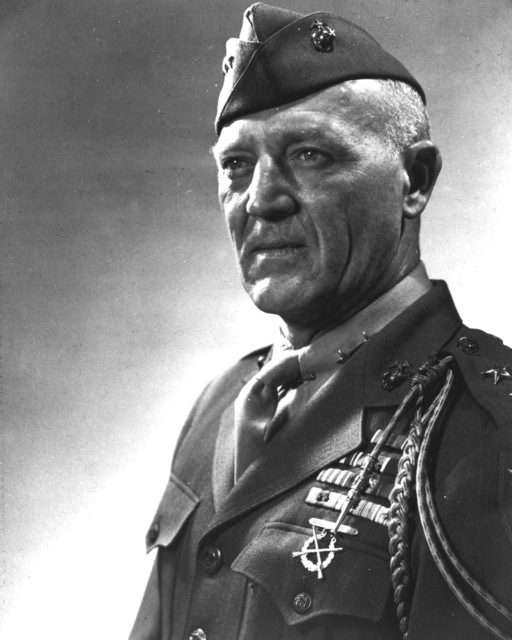
After World War II, Erskine remained in the military. His first action following the conflict was to set up programs, which would make it easier for Marines to properly transition back into civilian life. He was later called to Washington to serve as the administrator of the Retraining and Reemployment Administration (RRA).
After a few years in Washington, Erskine requested a return to active duty and was placed in charge of Marine Corps Base Camp Pendleton, California. He was also named deputy commander of Fleet Marine Force, Pacific. A few years later, in July 1951, he was promoted to the position of commanding general, Fleet Marine Force, Atlantic, where he remained until his retirement in 1953. Upon leaving the Marine Corps, he was promoted to the rank of four-star general, for his heroism in combat.
More from us: The Enduring Legacy of Submarine Commander Dudley Morton
On May 21, 1973, at the age of 75, Erskine passed away in Bethesda, Maryland. He was buried at Arlington National Cemetery.
